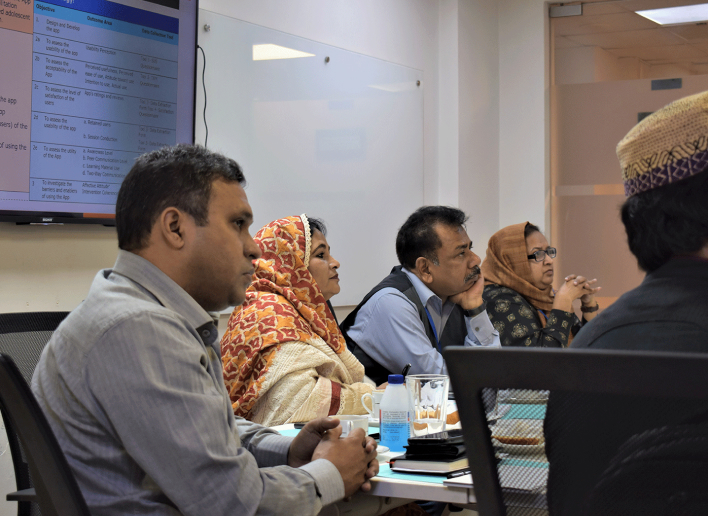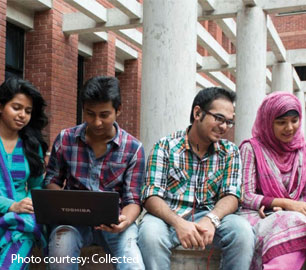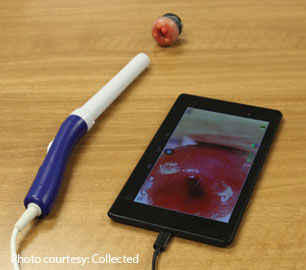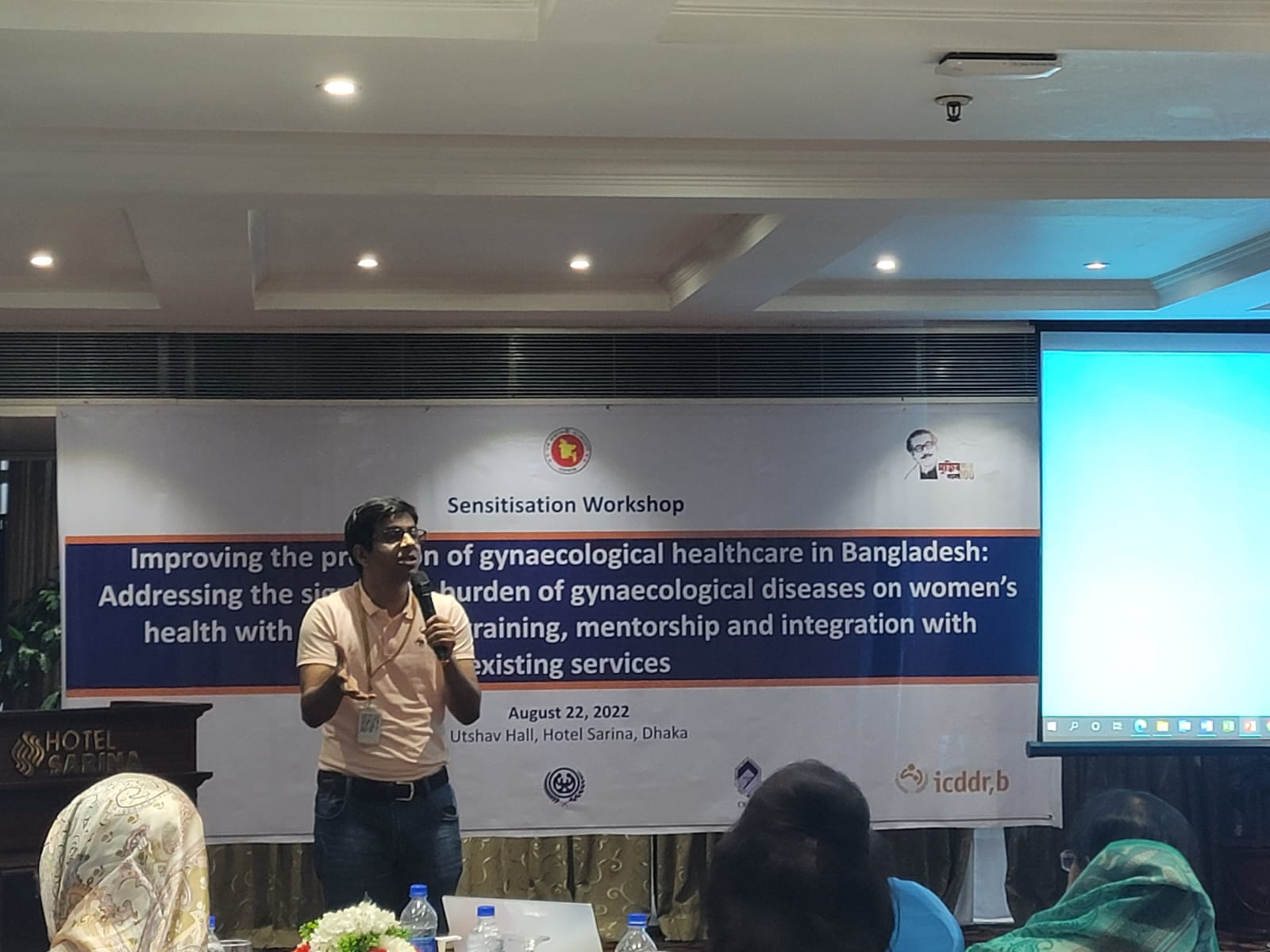In Bangladesh, adolescents, ages 10-19 years constitute over one-fifth of the total population. This large cohort of adolescents have special health needs, particularly in the area of sexual and reproductive health (SRH). However, SRH being a taboo topic in Bangladesh, is inadequately addressed by schools and families, leading to unmet SRH needs and adverse SRH outcomes among adolescents. Critical information on how different lifestyle factors change during adolescence as they grow-up and impact their SRHR outcomes, particularly among unmarried and early adolescents, is lacking in Bangladesh Adolescents Health and Wellbeing Survey (BAHWS) 2019-20 and a few other small-scale studies. So, to understand the SRH-related disease burden, risk factors and health outcomes among unmarried male and female adolescents and to generate evidence to inform policy and programmes current study is being taken. It was proposed to conduct a community-based observational prospective cohort study, using an existing demographic surveillance system of icddr,b situated in Baliakandi upazilla of Razbari district. The study will enrol 2500 unmarried male and female adolescents and will follow them for 24 months. To take into account the age, temporal and gender effects on adolescent knowledge, attitude and behaviours, we will include male and female adolescents, from three different age groups – 12 years, 14 years and 16 years. For females, three age cohorts (12, 14 and 16 years), will be taken whereas for males two age cohorts (14 and 16 years) will be considered. In each age cohort, 500 samples, a total of 2500 samples will be taken. Data will be collected every four-months (yearly in some cases) to document the SRH disease burden, and knowledge, attitude and practice on selected SRHR indicators and their changes over time. The study includes numerous measures across a spectrum of topics related to SRH of adolescents, including menstruation, mental health, violence, physical activity, nutrition, social connectedness and health information and service utilization patterns.
A cohort study to estimate certain SRH-related disease burdens, and knowledge, attitude, and practices regarding selected SHRH issues of unmarried adolescents in a rural area of Bangladesh
Study details
Principal Investigator
Dr Quamrun Nahar
Category
Community-Based Studies
Themes
Adolescent, Gender Equity & Rights, Gynecological Issues
Date
01-Jul-2022
Study Overview
Study Sites
Baliakandi, Rajbari
Resources
News
Events & Policy Dialogues
Inauguration of Adolescent Friendly Health Service (AFHS) Centre at Rajbari
Events & Policy Dialogues
AdSEARCH organised a Technical Consultative Workshop on Adolescent SRHR
Related Studies
Innovation Studies
Balika bodhu: Addressing denial of sexual and reproductive health and rights to married adolescent girls in a rural area of Bangladesh through empowerment and social norm change
Principal Investigator:
Dr Ruchira Tabassum Naved
Facility-Based Studies
An assessment of implementation of the ban on the use of two-finger (TFT) test in collecting medico-legal evidence of rape
Principal Investigator:
Dr Ruchira Tabassum Naved
Innovation Studies
A pilot study to develop and test of an App: The electronic platform to promote peer communication and facilitate digital capacity-building activities under the schoolbased adolescent health programme in Feni District, Bangladesh
Principal Investigator:
Dr. Hassan Rushekh Mahmood
Innovation Studies
iKnow app: A one-stop initiative to decrease workplace abuse through promotion of knowledge, awareness and understanding of workplace incivility (WI), bullying and sexual harassment (SH) in icddr,b
Principal Investigator:
Dr Sahar Raza
Innovation Studies
AdRegister: Designing and developing digital registers for managing infertility, high-risk pregnancy and obstetric fistula
Principal Investigator:
Md. Mehedi Hasan
Innovation Studies
Piloting of reusable menstrual cup in urban setting: an implementation research to assess feasibility and acceptability of reusable menstrual cup among female menstruators working in ready-made garment factories in Dhaka
Principal Investigator:
Nabila Mahmood
Community-Based Studies
Climate Change Impacts on Health and Population in Bangladesh: a study of Vulnerable Coastal Districts
Principal Investigator:
Peter Kim Streatfield
Innovation Studies
Feasibility, acceptability and use of self-sampling for GeneXpert-based HPV-DNA testing for Cervical Cancer screening in selected rural areas of Bangladesh
Principal Investigator:
Dr Quamrun Nahar
Innovation Studies
HopeBox: A contribution for the Orphan Adolescent Girls to Claim their Choices to Improve SRHR knowledge and practices
Principal Investigator:
Fariya Rahman
Community-Based Studies
Assessment of stress, performance quality, and sleep patterns of adolescent female athletes during different phases of menstruation in Bangladesh
Principal Investigator:
Mehjabin Tishan Mahfuz
Community-Based Studies
Sexual and reproductive health and rights
of female garment workers living in five urban slums of Bangladesh
Principal Investigator:
Dr Ruchira Tabassum Naved
Innovation Studies
Feasibility, acceptability and use of a multi-media sexual and reproductive health app for urban adolescents and young adults
Principal Investigator:
Dr Quamrun Nahar
Innovation Studies
Pocket colposcopy for screening of cervical cancer: An implementation research
Principal Investigator:
Dr Fatema Khatun
Innovation Studies
Improving Essential Gynaecological Healthcare: Addressing the Major Burden of Gynaecological Diseases on Women’s Health with High-Quality Training, Mentorship and Integration with Existing Health Service in selected Health Facilities of Bangladesh
Principal Investigator:
Ahmed Ehsanur Rahman
Facility-Based Studies
Enabling SRHR Service Provision for Adolescents in a Rural Area of Bangladesh
Principal Investigator:
Dr Quamrun Nahar

.jpg)















